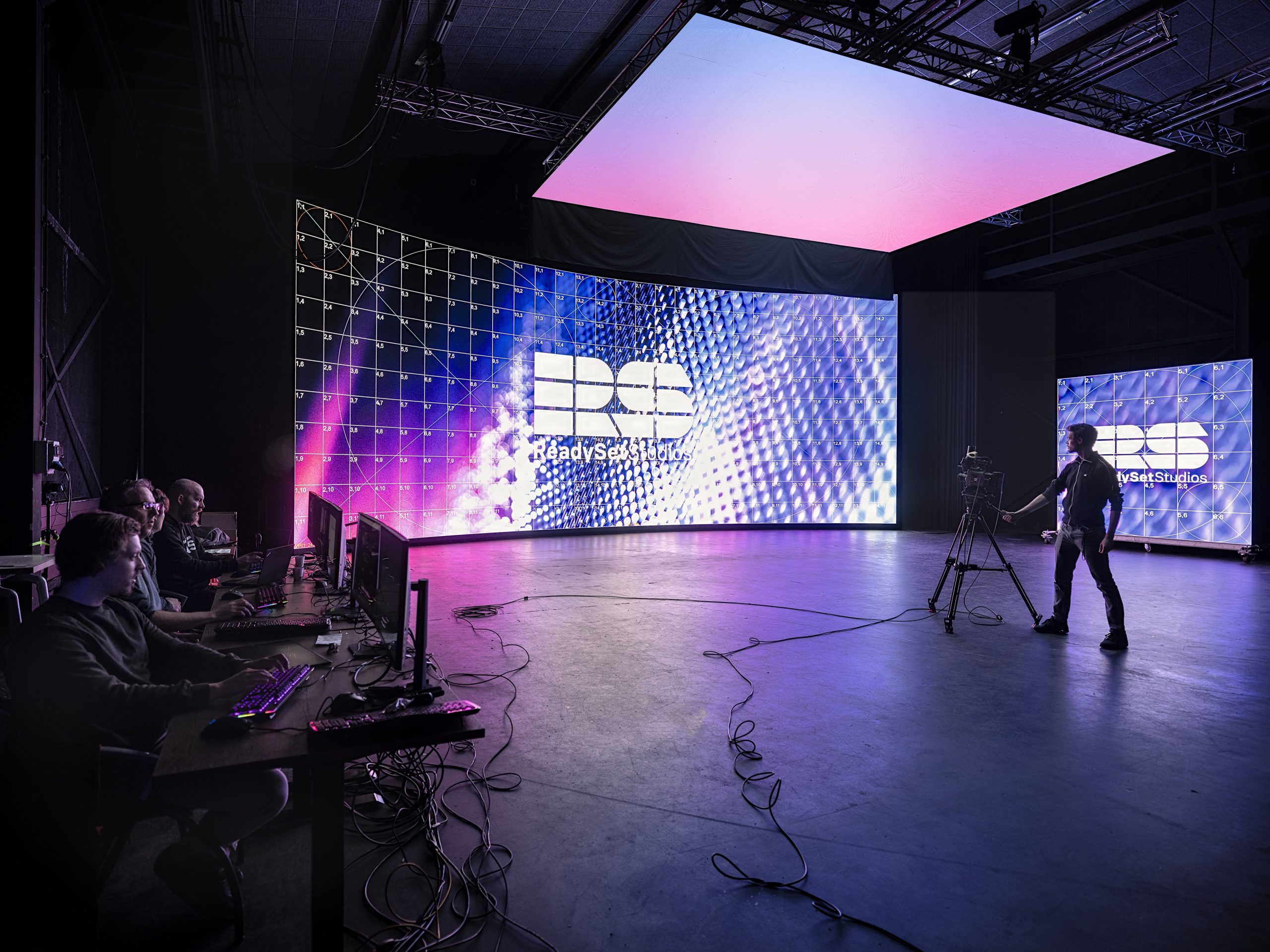Investigating How Definition Influences the Functionality and Visual Quality of Light Emitting Diode Walls in Contemporary Exhibition Technology
Investigating How Definition Influences the Functionality and Visual Quality of Light Emitting Diode Walls in Contemporary Exhibition Technology
Blog Article
Light Emitting Diode screens are growing increasingly common in different settings, from musical events and sports competitions to corporate displays and creative exhibits. One of the most crucial factors that influence the functionality and image clarity of these screens is image clarity. Resolution denotes the number of pixels that make up the image on the screen. Increased image clarity means additional pixels, which can result in clearer and crisper visuals. Grasping how image clarity impacts LED walls can help operators make knowledgeable choices about their screen requirements.
When discussing image clarity, it is essential to consider pixel spacing, which is the gap between the midpoint of one picture element to the center of the next pixel. A smaller pixel spacing results in a greater resolution, allowing for more detail in the images displayed. For example, an LED screen with a pixel spacing of 1.5mm will offer a sharper visual than one with a pixel pitch of 3mm. This is particularly important in environments where viewers are near to the display, such as in a small venue or a trade show booth. In these situations, a higher image clarity can greatly enhance the viewing quality.
Another factor of image clarity is its impact on color precision and luminosity. LED walls with greater this post image clarity often have better hue rendering, meaning that the colors shown are increasingly vibrant and true to life. This is essential for uses like advertising, where the goal is to capture interest and communicate a concept efficiently. Additionally, higher image clarity displays can preserve luminosity levels even when viewed from various perspectives. This is crucial in big locations where audiences may be seated at different distances and angles from the screen.
The performance of LED walls is also influenced by resolution in terms of update rates and response durations. A greater image clarity display can handle faster refresh rates, which is essential for dynamic content such as videos and animations. This means that the images on the screen will look more fluid and more fluid, enhancing the total viewing quality. In contrast, lower resolution screens may struggle with dynamic material, resulting in fuzziness or delay. Therefore, for occasions that rely on high-energy images, choosing a display with a suitable image clarity is critical.
In summary, resolution plays a crucial role in defining the performance and visual quality of LED walls. Factors such as pixel pitch, color accuracy, brightness, update frequencies, and reaction durations all contribute to how effectively a screen can communicate data and capture audiences. As advancements continues to advance, understanding these elements will help users select the appropriate LED screen for their particular requirements, ensuring that they achieve the best possible outcomes in their displays and occasions.